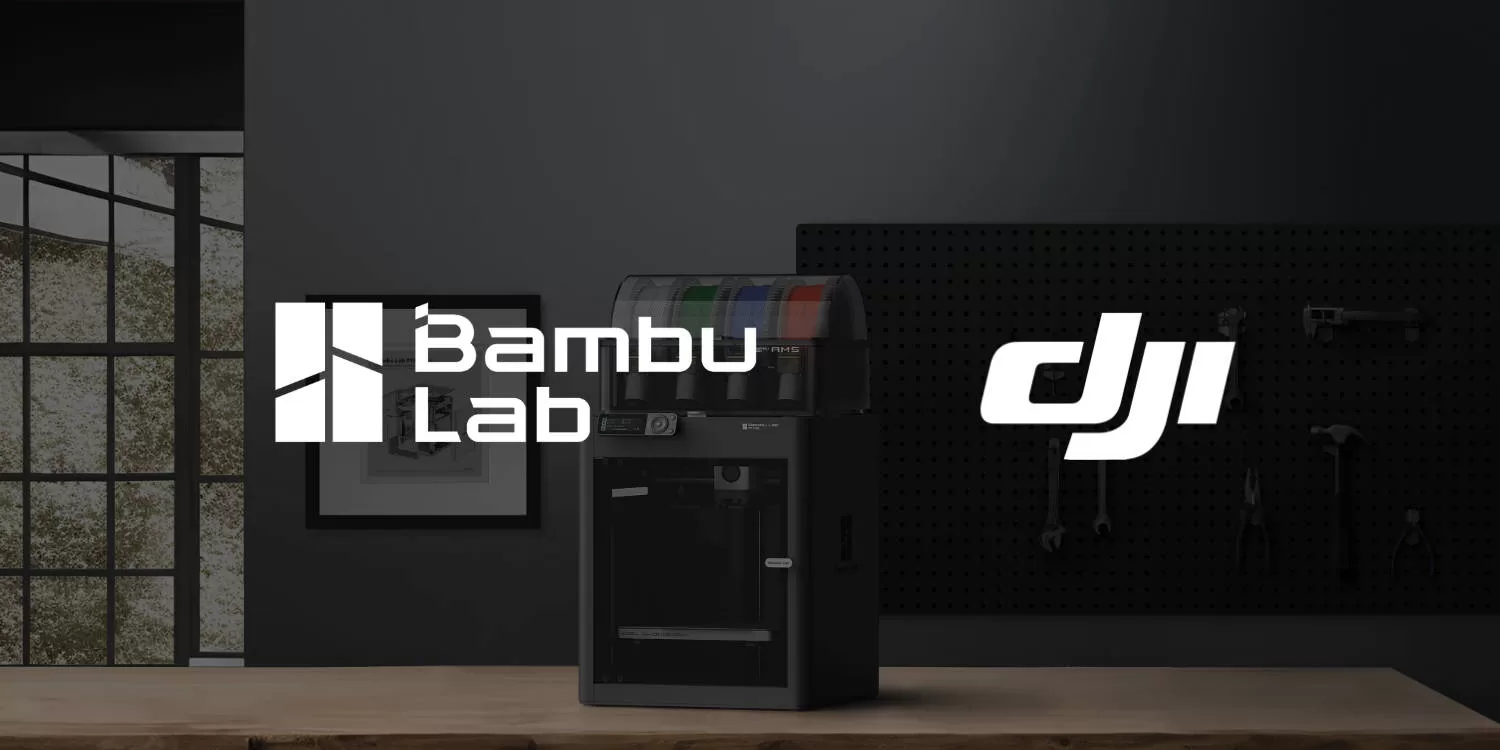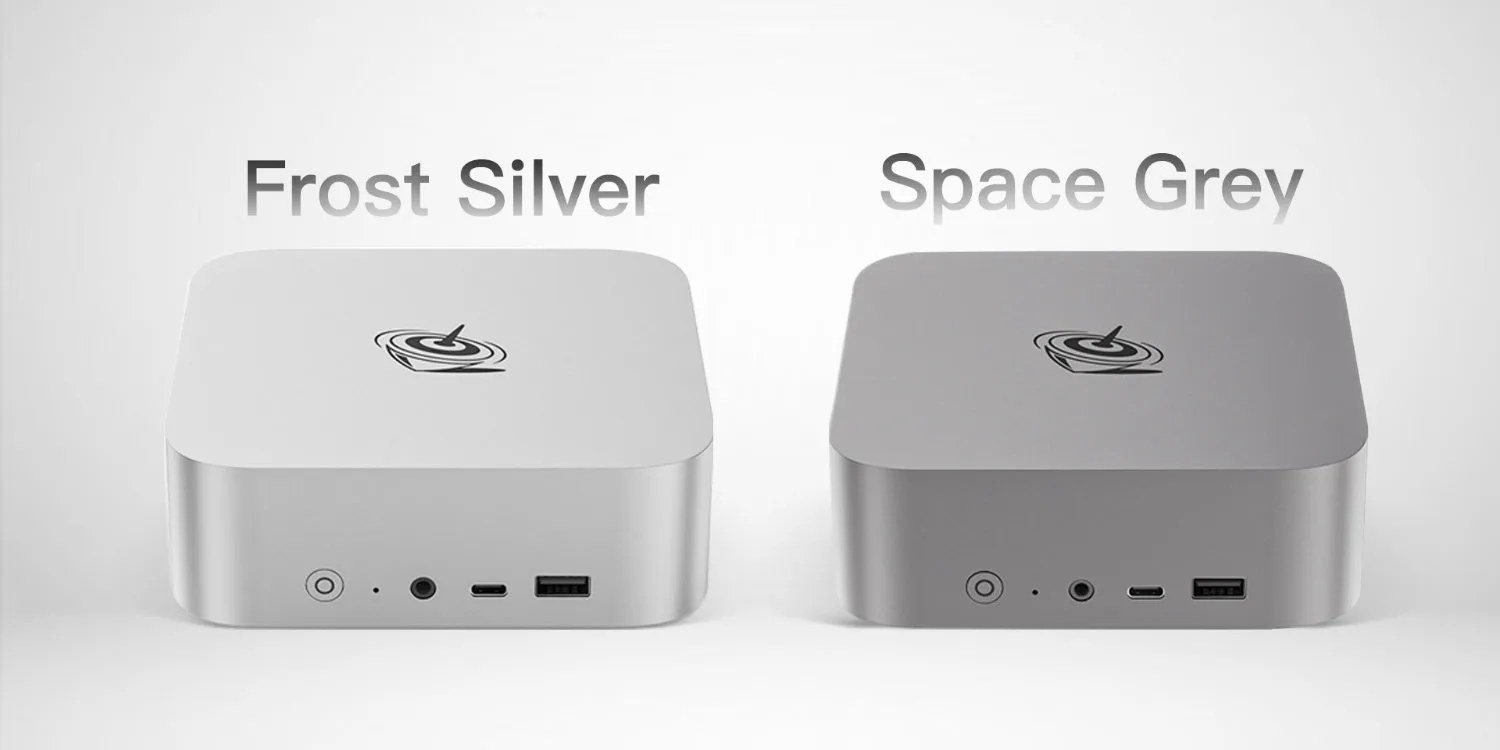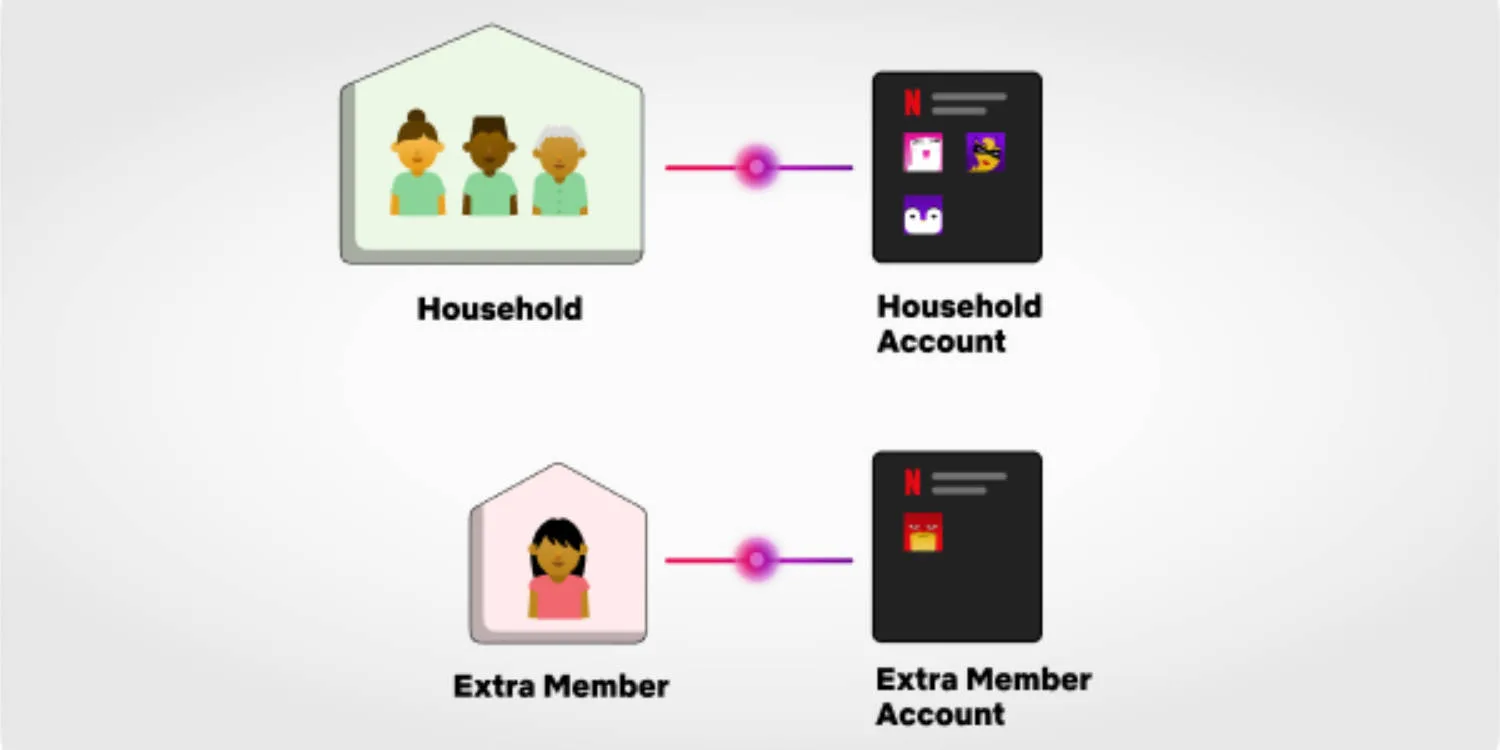Bambu Lab burst onto the 3D printing scene last year with the release of its Carbon X1 3D printer designed to print out of the box without any tinkering. Back then, an unknown company, no one knew what it would do to the market and its soon to be competitors. This is why we see Bambu Lab as the DJI of the 3D printing world.
Fun fact, Bambu Lab is a company started by ex-DJI engineers, which might explain the similarities in product beliefs and market positioning between the two companies.
The 3D printing hobby
Since the first 3D printers were born the hobby has always been a tinkerers dream, we started out with an Anet A8 and later moved over the famous Creality Ender 3v2. When you weren’t printing you would be upgrading the printer with printed parts, modding it to be quieter or print different filaments, and most of all fixing it when something went wrong.
This was the reality, printing, fixing, upgrading, fixing, testing, fixing, and some more fixing, and still is the reality for many 3D printer owners who love and see this as a key part of the hobby. Afterall, most of us that got into the hobby knew this and get joy out of making things work again.
Yes, over the years companies came out with ready-to-print machines, but these were more focused at the professional market, being used to create quick engineering prototypes and not so much the tinkerer looking for a new toy. These also never really influenced the consumer hobby side of things, at least in the way Bambu Lab has been able to.
Fast forward to 2022
2022 comes around and a new company hits the market, the Chinese based Bambu Lab. No one knows much about the company, and it launches its first printer on Kickstarter, the Bambu Lab X1. The company, which had been working behind the scenes for the last couple of years wanted to address five key downfalls of the then current 3D printers on the market.
- No more bedslingers
- No more bloodshed during support removal
- Sleep soundly during overnight prints
- Bring colour back into the community
- Stiff PA-CF parts for my Nerf blaster
And Bambu Lab had done just that with its X1, P1P, and P1S series of printers. The company does have a new bedslinger model, the A1 Mini, but it is designed as a gateway printer for kids, 3D printing noobs, schools, and maker spaces.
Bambu Lab affect
On top of its initial goals it set out to achieve Bambu Lab has driven a change in the hobby/prosumer 3D printing industry from one that is all about tinkering and upgrading to one that now has the option for a 3D printer that is capable and just works. The company has been able to do this in the following ways.
Design
The first thing you notice about a Bambu Lab printer is the modern high end and minimalist design. Something that isn’t common with many of the printers we have come to love. This big transition in homemade tinker look to something that looks like a complete product has seen a transition in the 3D printer world with many of the big 3D printing companies coming out with similar designs.
This is similar to DJI entering the market and showing the drone community that not all good drones need to be custom-built. Think of this as Bambu Lab is in its DJI Phantom phase. The early transition of 3D printers becoming and commonplace as a drone from DJI.
Ease of use
From the unboxing experience to printing, Bambu Lab has designed its printers to just work. This stems from the software on the printer itself to the slicer used to prepare objects for printing. The layout and design have made the process seamless. The company has also included all of the automated features you would expect from a premium 3D printer, including auto bed leveling, flowrate adjustments, vibration monitoring, a camera, and more.
This parallels DJI in the sense that DJI creates hardware and software that works well together and essentially flies the drone itself. Bambu Lab printers are considered to be set and forget printers, not requiring monitoring and tinkering as the print progresses.
Printing speed and quality
Bambu Lab has also innovated with the pure speed of its prints, which the industry has followed along with. 3D prints take a long time, especially when printing larger models. Because Bambu Lab developed everything in its printers with precision and smart features. The company has been able to increase what people consider to be normal printing speeds. This has allowed the company’s printers to stand out from the rest.
DJI’s Mavic line and specifically the Mini line have pushed the drone industry forward, pushing the limits with what can be squeezed into a sub 250-gram drone. Bambu Lab is doing a similar thing, currently with print speed and the overall printing experience.
3D printing going forward
Lower cost, more features
With the relatively small time on the market, Bambu Lab has already had a massive impact, with many of the major brands creating ‘clones’ of its printers with similar feature sets and abilities. While it might seem like this is bad, this competition is great for the 3D printing community as a whole. The features we associate with high end 3D prints are starting to trickle down into lower cost machines and those that haven’t yet will eventually become so common that costs are driven down enough to add them to the cheaper printers.
Great introductory printers
Along with the trickle down of features into lower priced printers. Bambu Lab’s A1 mini printer is showing the rest of the industry that a cheap printer aimed as being someone’s first step into the hobby or the perfect first printer for a school or maker space can also have a polished look and high end features. We can expect to see more of these printers hit the market in the next year or so.






